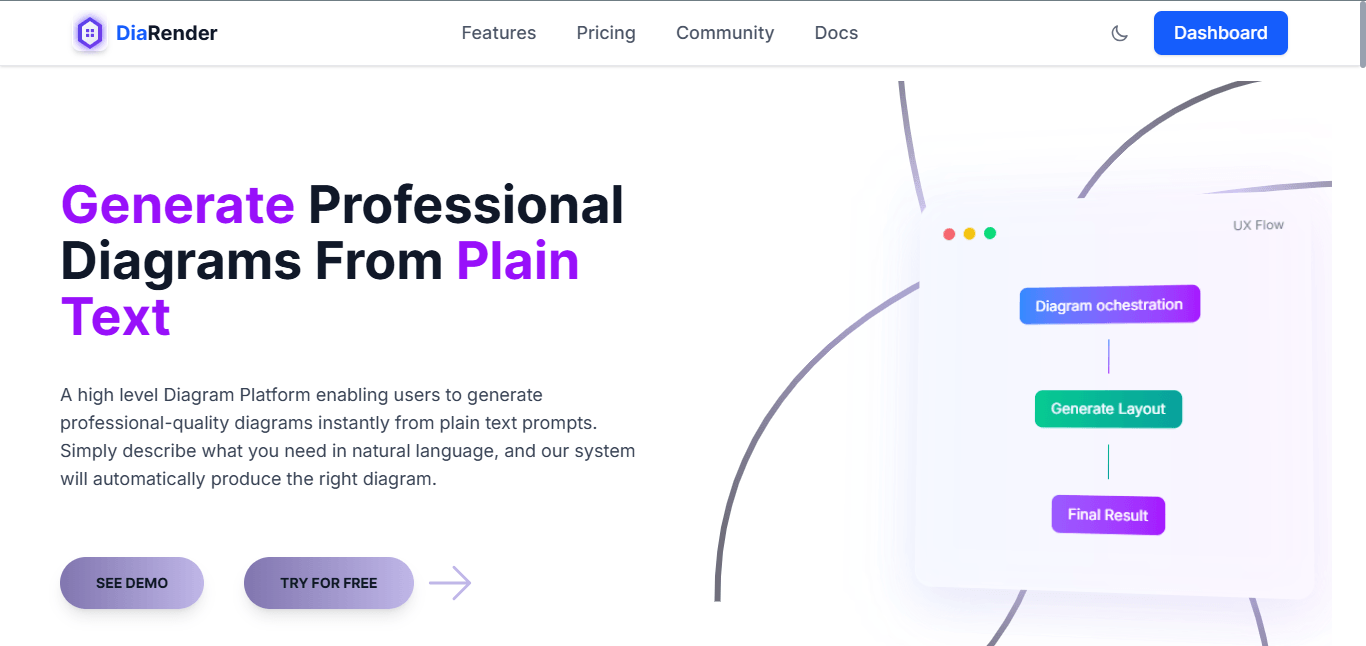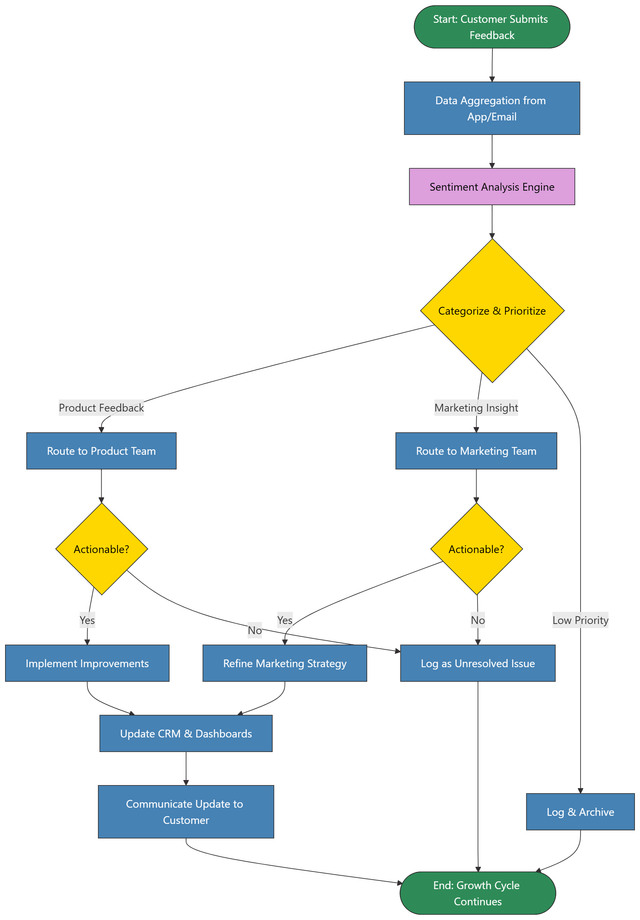
Remember the last time you had to make a flowchart? The endless dragging, dropping, resizing, and aligning of boxes and arrows. By the time you were done, the brilliant idea you wanted to visualize felt… less brilliant. What if you could skip the manual labor and just describe your diagram?
Welcome to the world of AI-powered diagramming. Tools like Diarender are revolutionizing how we create visuals by transforming plain text into perfectly structured diagrams.[1][2] This guide will show you how to draw flowcharts and mind maps in seconds, not hours.
Why Your Diagramming Process is Ready for an AI Upgrade
Manual diagramming tools are like building furniture with a single screwdriver—it gets the job done, but it's slow and painful. AI diagram generators automate the most tedious parts of the process, saving you time and effort.[3][4][5]
Here’s why an AI-first approach is a game-changer:
- Speed: Generate a complete flowchart or mind map from a simple text prompt instantly.[2][3][6]
- Consistency: Get professional, clean layouts every time without manually adjusting alignment.
- Focus: Spend your brainpower on the structure and logic of your ideas, not on formatting shapes.
- Accessibility: If you can write a sentence, you can create a diagram. There's zero learning curve.[1]
The Diarender Philosophy: Describe, Don't Draw
How to Create a Flowchart with AI in 3 Simple Steps
Let's walk through creating a workflow for an online order system. Instead of opening a traditional tool, you just need to write a prompt.
Step 1: Write a Clear Prompt
Describe the process in plain English. The more logical your description, the better the result.
Step 2: Generate and Refine
Diarender’s AI analyzes your text and instantly renders a structured flowchart.[1] From here, you can make edits using simple follow-up commands. This iterative process is incredibly powerful.
- Need to add a step? Just type: "Add a 'send confirmation email' step after the order confirmation screen."
- Want to highlight a specific part? Try: "Highlight the payment info node."
Step 3: Export for Any Use Case
Once your flowchart is perfect, you can export it in professional formats like SVG, PNG, or PDF to use in presentations, documentation, or reports.
Brainstorming Reimagined: Creating Mind Maps with AI
Mind mapping is all about capturing and organizing thoughts. AI makes this process faster and more fluid. Instead of starting with a blank canvas, you can start with a core idea and let the AI build the initial structure.
Let's Create a Mind Map
Beyond Flowcharts and Mind Maps
The power of describing diagrams doesn't stop here. The same natural language approach can be used to generate a wide variety of visuals for different needs. Diarender supports over 100 diagram types, including:[2]
- Software & Engineering: UML Diagrams, Sequence Diagrams, System Architecture.[2]
- Business & Management: Organizational Charts, Gantt Charts, BPMN.[2]
- Creative & Analytical: Concept Maps, Venn Diagrams, Knowledge Graphs.
It's Time to Let AI Be Your Designer
Manually creating diagrams is a task of the past. AI-powered tools like Diarender free you from the complexities of layout and design, allowing you to visualize your ideas at the speed of thought.[4][6][7] By simply describing what you need, you can produce professional-quality diagrams that are clear, accurate, and ready to share.
Ready to stop dragging and start describing?

